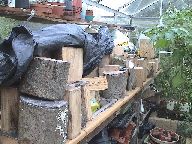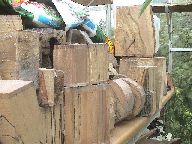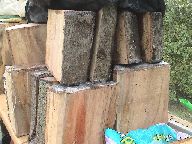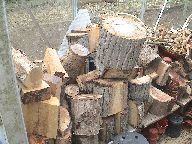gbuckham
Member
Greetings,
As a newcomer to woodturning, I’m still very much at the learning and making mistakes stage and would welcome advice regarding the seasoning of timber.
I’ve acquired about 30 logs of various wood – oak, willow, beech, holly, hazel and ash – ranging in size from about 75mm diameter to 150 mm diameter. None are any longer than about 450 mm and a mix of green and part-seasoned windfall branches. My question is how best to season them?
Most of my work involves turning long narrow objects such as wands and similar small items, so I don’t need large diameter timber.
Thanks in advance.
Gary Buckham
Edinburgh
As a newcomer to woodturning, I’m still very much at the learning and making mistakes stage and would welcome advice regarding the seasoning of timber.
I’ve acquired about 30 logs of various wood – oak, willow, beech, holly, hazel and ash – ranging in size from about 75mm diameter to 150 mm diameter. None are any longer than about 450 mm and a mix of green and part-seasoned windfall branches. My question is how best to season them?
Most of my work involves turning long narrow objects such as wands and similar small items, so I don’t need large diameter timber.
Thanks in advance.
Gary Buckham
Edinburgh







